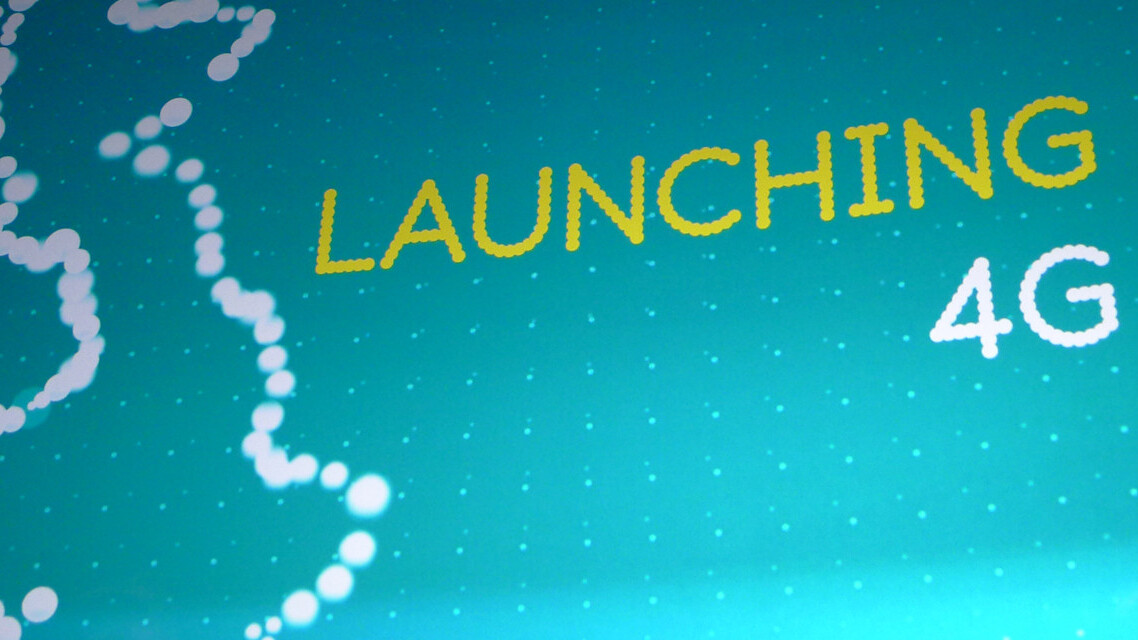
For smartphone owners living in the United Kingdom, the fourth generation of mobile networks has finally arrived. While we’ve all become accustomed to the basic streaming and download speeds that are possible through 3G, the new 4G networks are promising a much faster and more consistent Internet connection for our devices. Before long, it’ll be the new standard.
In fact, users are being offered Internet speeds which sit somewhere between 8 and 12 Megabits per second (Mbps), which is more than some home owners receive on a standard broadband connection.
EE, formerly known as Everything Everywhere, is leading the charge with its recently revealed 4G network, branded using the same name. While consumers have been able to sign up to the new carrier for a little while now, today is the official rollout of its superfast 4G mobile service. To mark the occasion, we’ve created a little guide explaining everything you need to know about 4G, including price, coverage and compatible handsets.
Location, location, location
As of today, EE’s 4G mobile network is available in 11 cities across the United Kingdom. The first cities to receive access include Bristol, Birmingham, Cardiff, Edinburgh, Glasgow, Leeds, Liverpool, London, Manchester, Sheffield and Southampton.
Before the end of the year, however, EE has also promised to have 4G connectivity available in five more cities; Newcastle, Belfast, Southampton, Hull, Nottingham and Derby. Although in 2013 this will be rolled out even further across the country, it’s worth thinking twice before signing up for a 4G contract, especially if you’re not going to be covered for at least another few months. There’s no point paying for a service you can’t even use, right?
As part of its rebrand, EE has also opened over 700 new stores on high streets across the UK, in what it calls “one of the biggest and fastest transformations in UK retail history.”
Pricing
Even if you’re already on a network owned by EE (they’re in charge of Orange and T-Mobile too) and have a mobile phone contract that includes Internet usage, you still won’t have access to 4G speeds right away. Instead, you’ll need to sign up for one of EE’s specific 4G tariffs.
With unlimited calls and texts, it costs £36 for 500MB of data each month, rising to £41 for 1GB, £46 for 3GB, £51 for 5GB and £56 for 8GB. All of these pricing plans will tie you in for 24 months, which is pretty common now for smartphone contracts offered in the United Kingdom.
There are also two additional tariffs for small businesses, as well as ‘4GEE Sharer’ options which are detailed in some of our previous coverage, as well as the image below.

Once you’ve registered for a 4G plan with EE – which the company is advertising as 4GEE – you will be given a 4G SIM card to put in a compatible device. These “4G ready” devices must have been purchased on the Orange or T-Mobile network, with one exception; the iPhone 5. According to the company’s website, any iPhone 5 bought directly from Apple, Carphone Warehouse, Phones 4U or any other handset merchant can use 4G with an EE SIM card.
It’s worth also noting that EE is advertising a £99 upgrade if you own a smartphone that is also ‘4G ready’ in another version. Examples of this are the Samsung Galaxy SIII and HTC One X, which can both be bought from Orange and T-Mobile as ‘4G Ready’ and non 4G handsets.
Smartphones
So what are your options at the moment when it comes to choosing a ‘4G ready’ device? Well, when the rebranded EE was unveiled in September, the company confirmed that it would be offering the 4G-enabled iPhone 5, Samsung Galaxy SIII LTE, Samsung Galay Note 2 LTE, HTC One XL and Huawei Ascend P1 LTE.
You might have noticed in the list above that the term ‘LTE’, or Long Term Evolution, is often used by smartphone manufacturers when they’re talking about 4G speeds. It’s essentially a new type of technology that enables smartphones to use the fourth generation networks and is usually denoted by having the LTE acronym at the end of their name.
EE has also confirmed that the Nokia Lumia 920 and Lumia 820, two devices that use the new Windows Phone 8 operating system, will also be 4G-enabled when they’re launched here in the UK. More handsets will undoubtedly be launched or even re-launched to increase the number of ‘4G ready’ devices on the market.
Once you have an appropriate plan and SIM with your 4G compatible smartphone, you will be able to use the network in any of the cities listed above. Move outside these areas, however, and you will default back to 3G speeds or lower.
Networks
EE is the only network offering 4G speeds in the United Kingdom today. If you’re interested in a 4G contract with a rival network such as Vodafone, Three or O2, you’ll have to wait for the time being. They are expected to launch their own ultra-fast 4G networks sometime next Spring, once the government auctions off the remaining 4G spectrum.
Once every network is able to offer a 4G contract, you can expect prices to drop somewhat and the coverage to improve across the country. More handsets will also be ‘4G ready’, increasing your options if you’re due for an upgrade or just in the market for a new smartphone.
Get the TNW newsletter
Get the most important tech news in your inbox each week.




